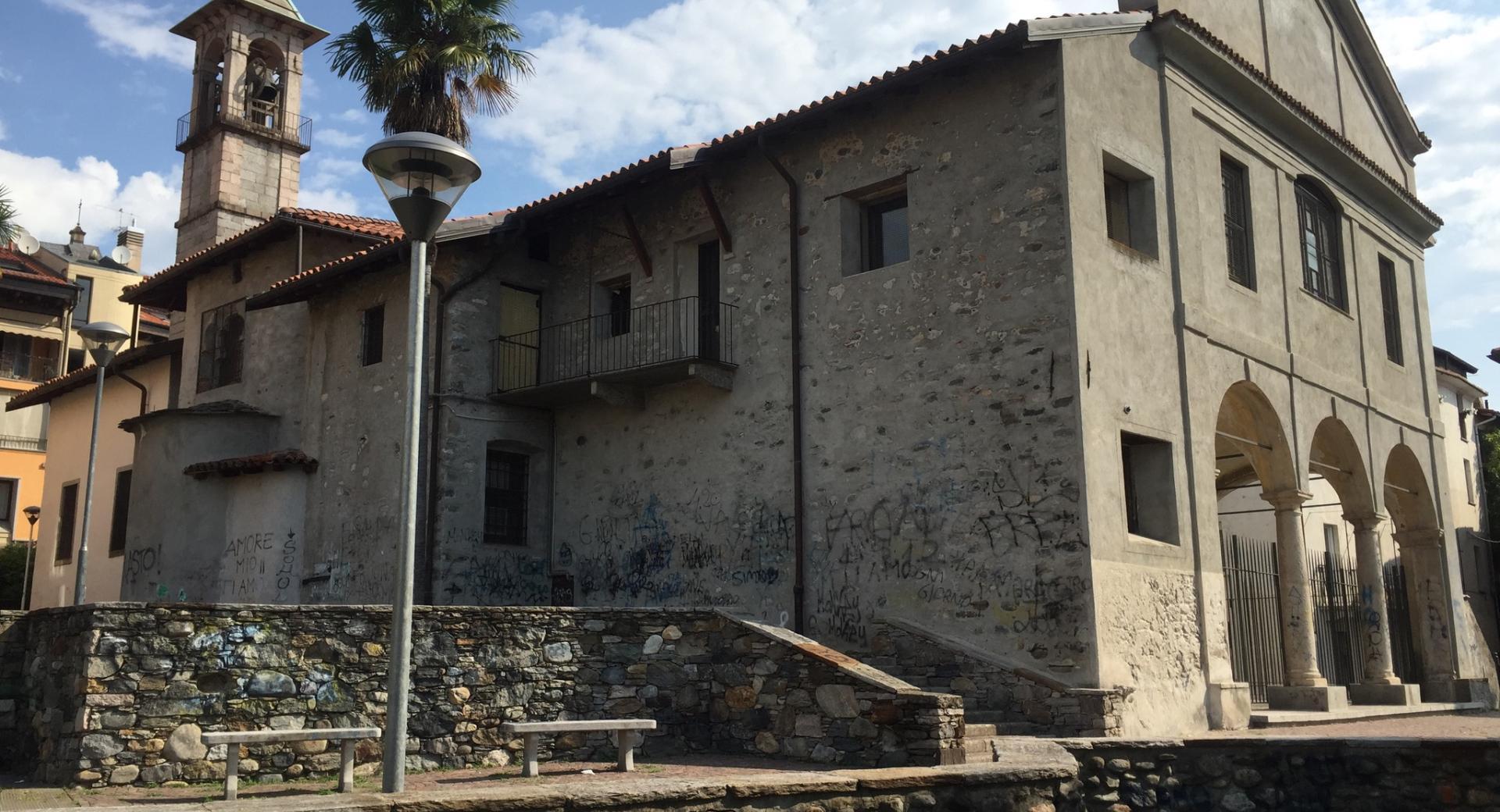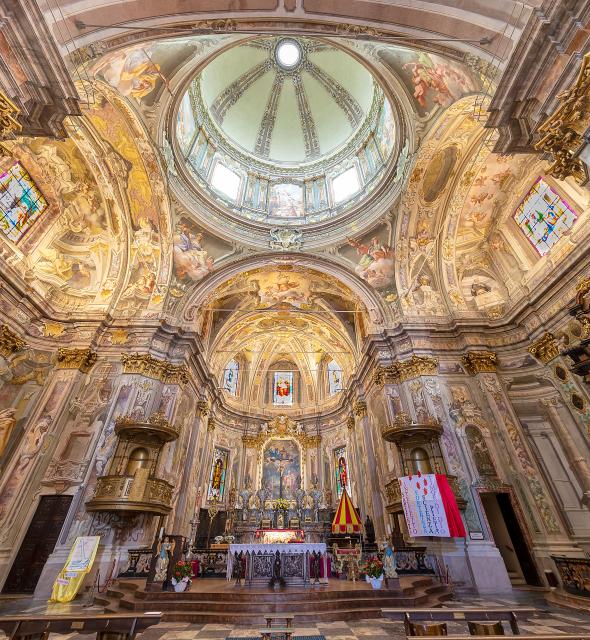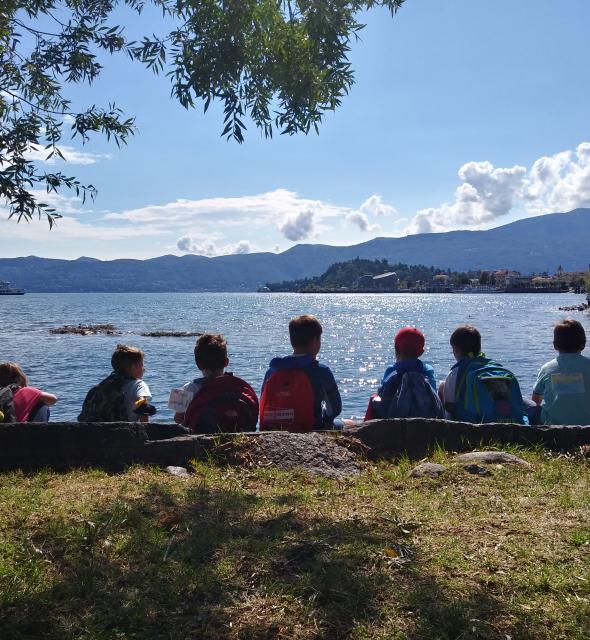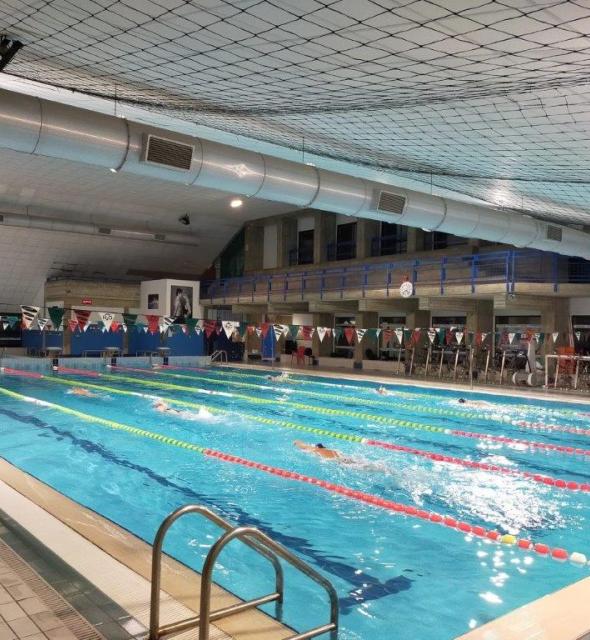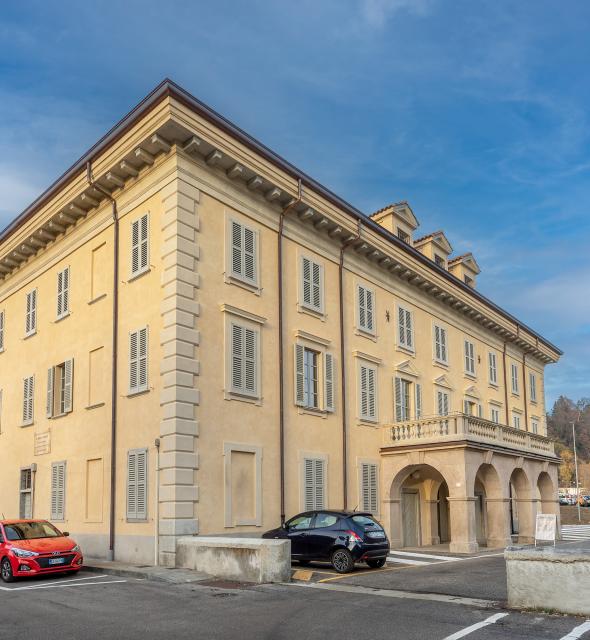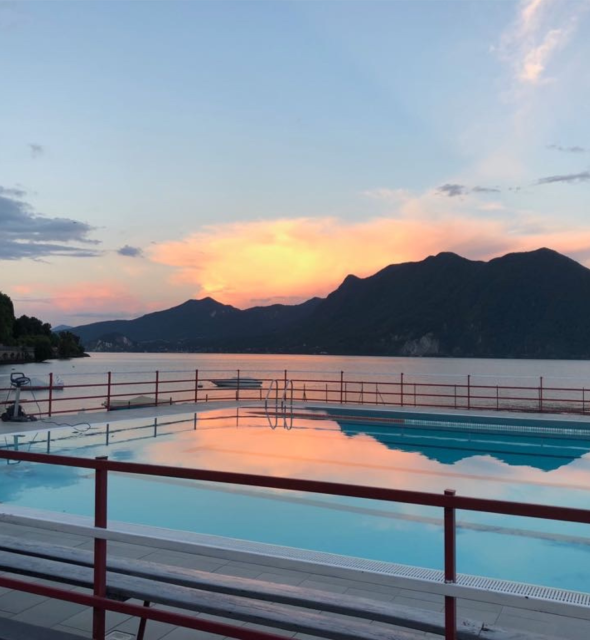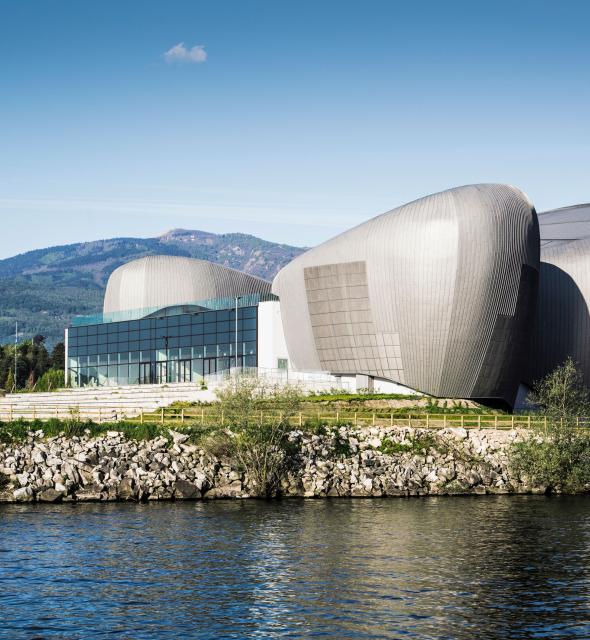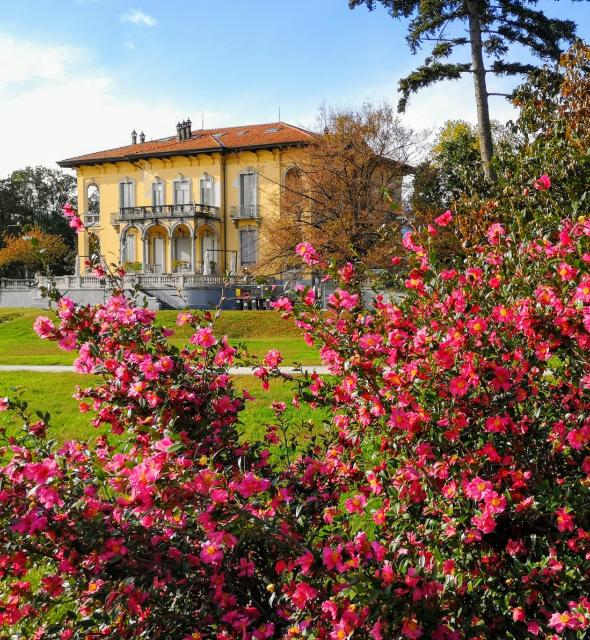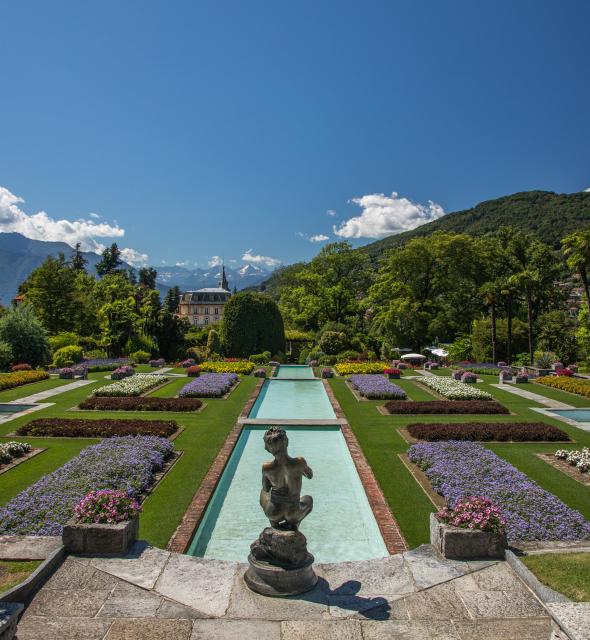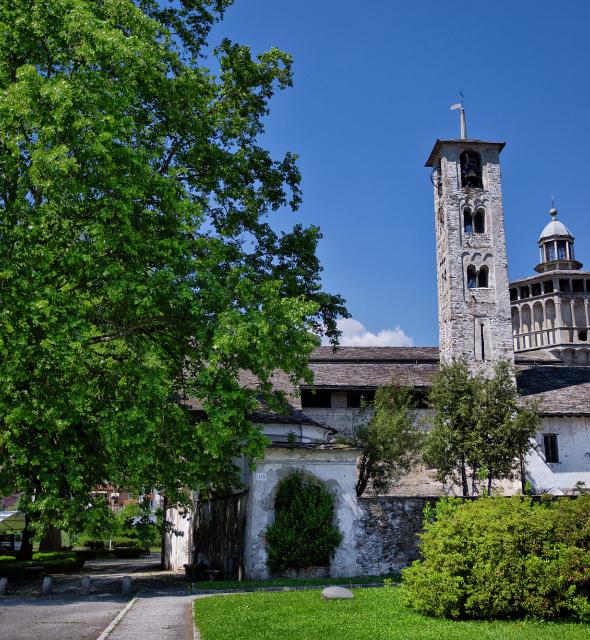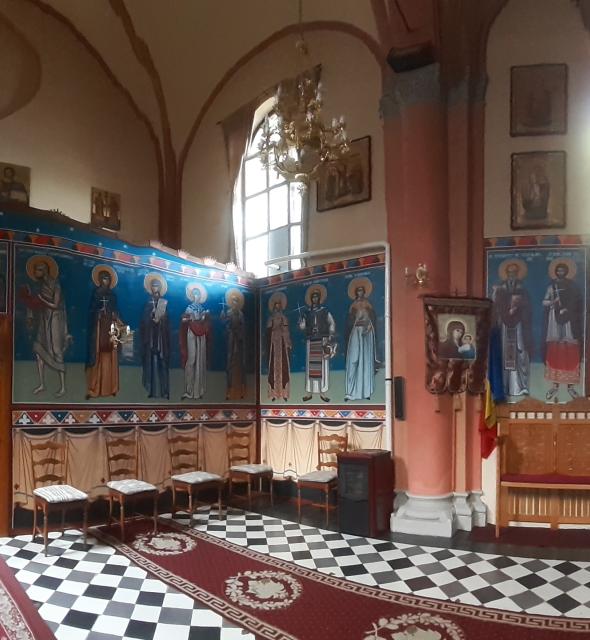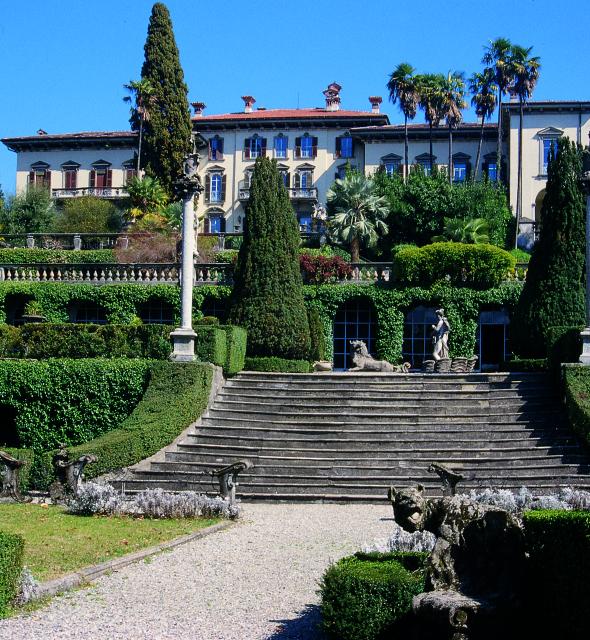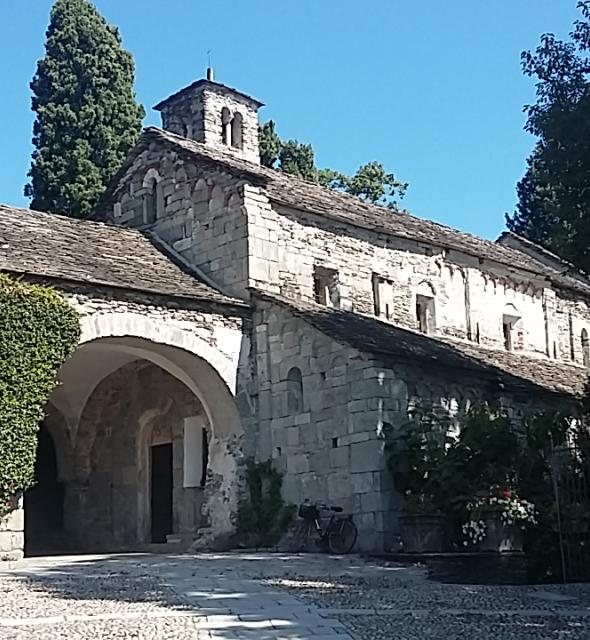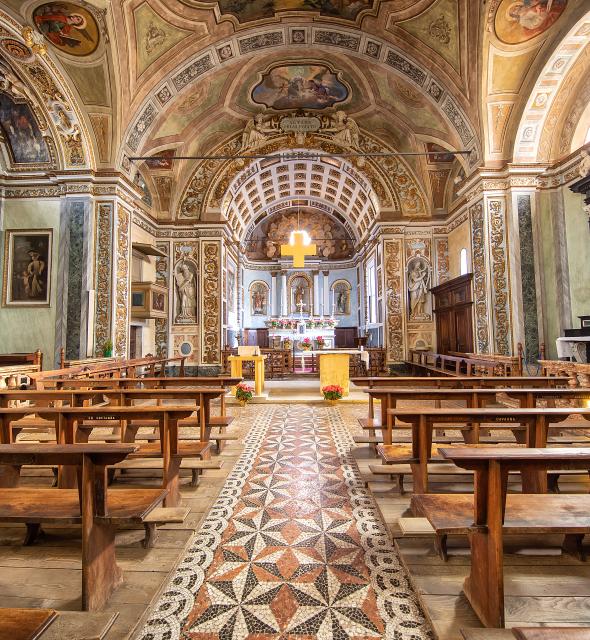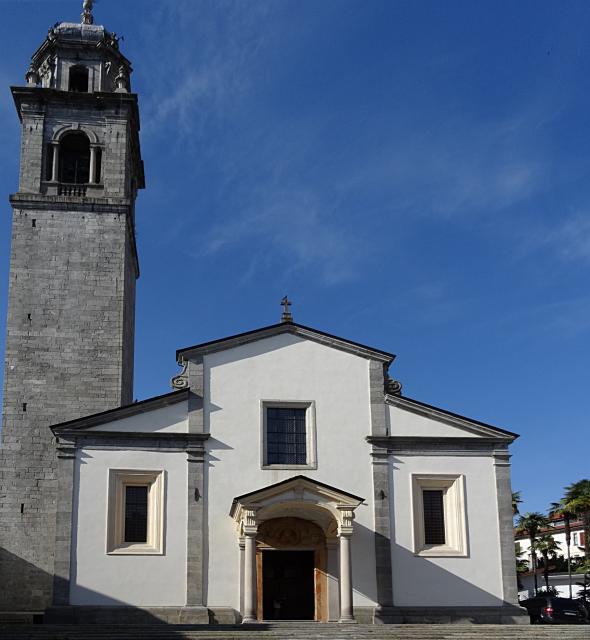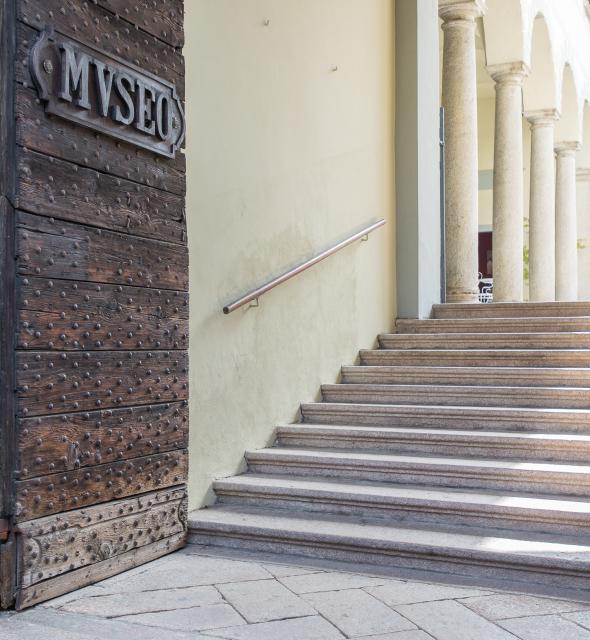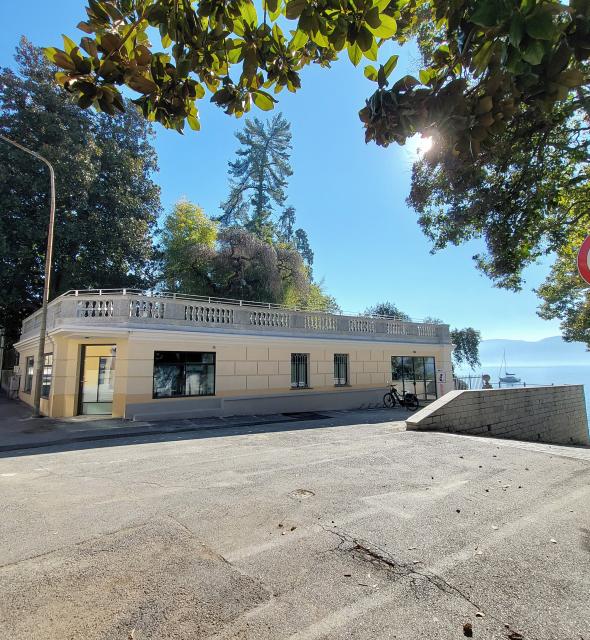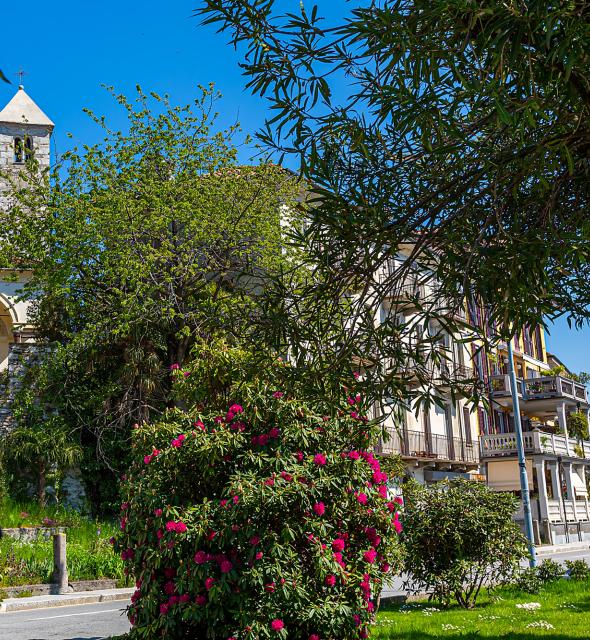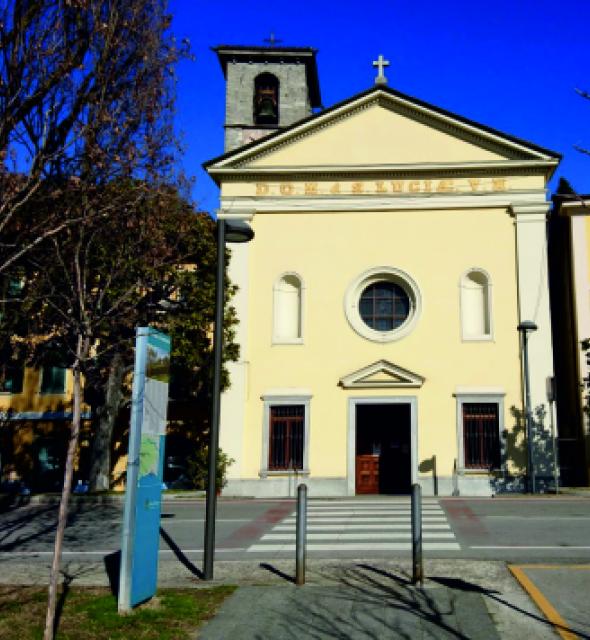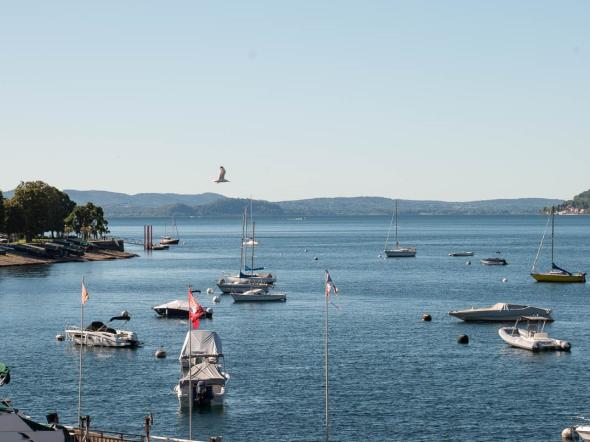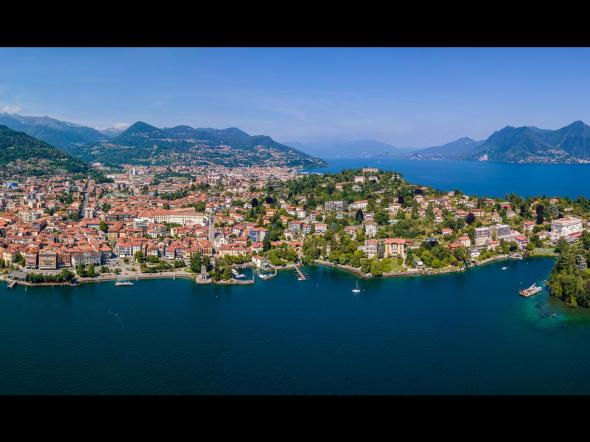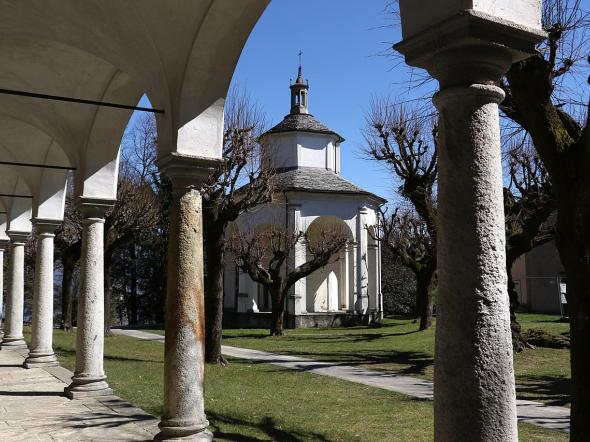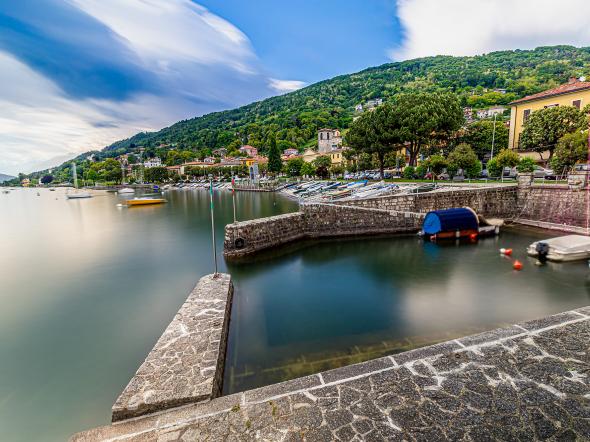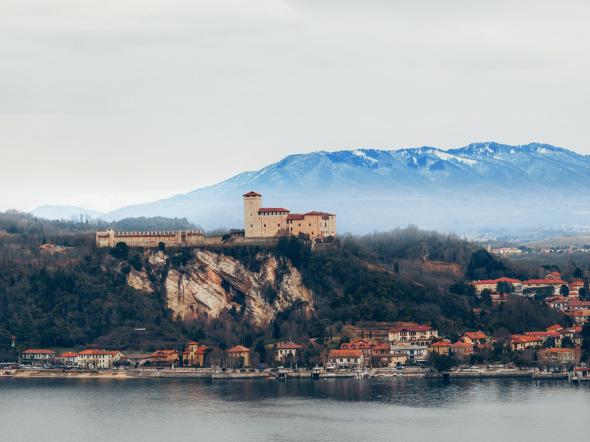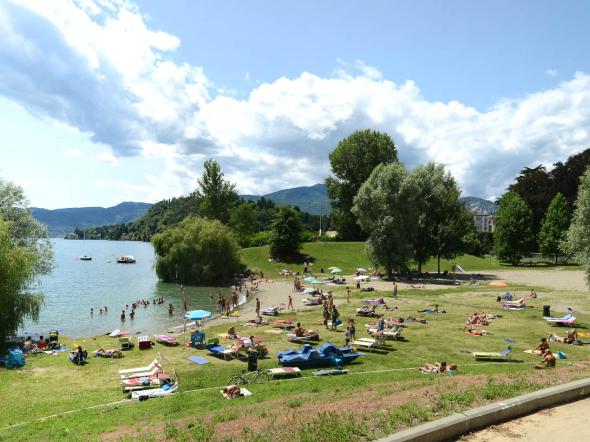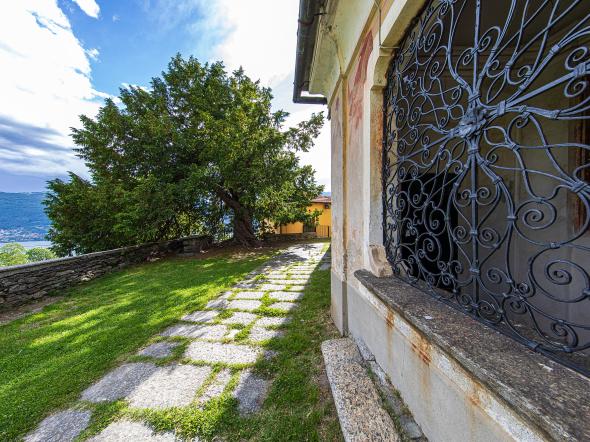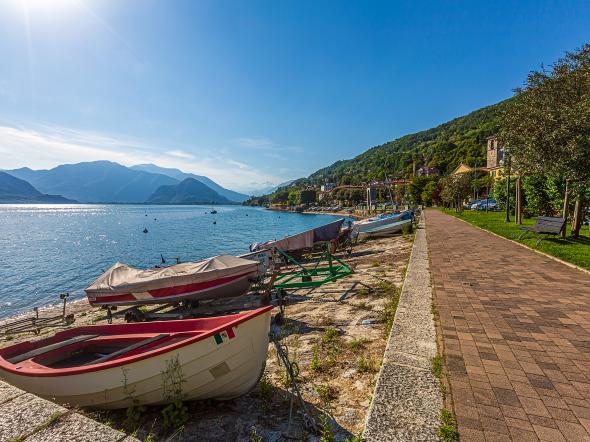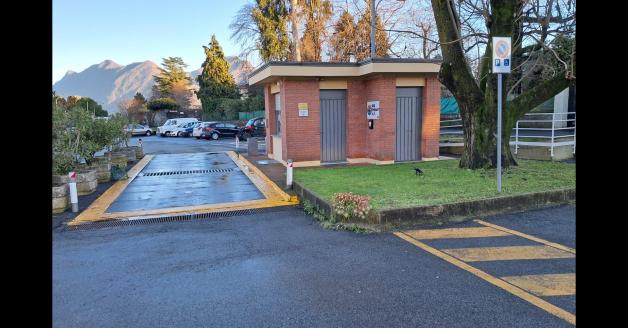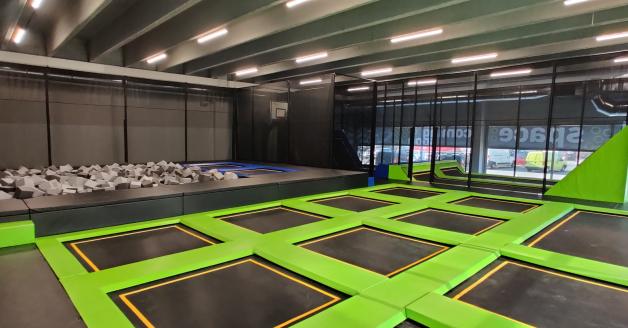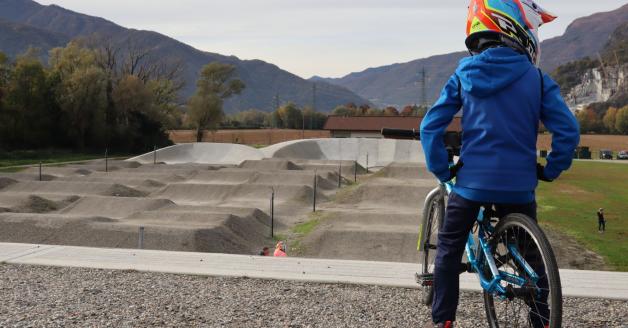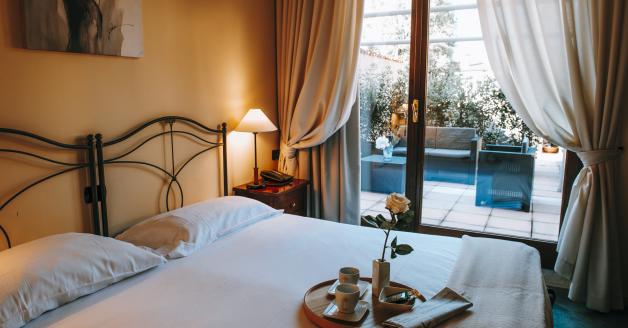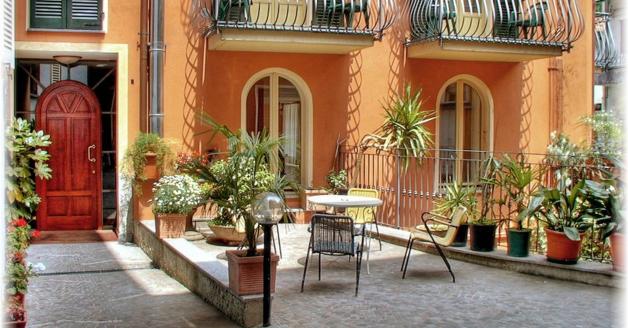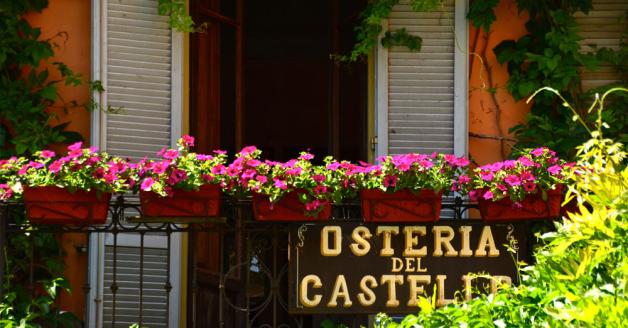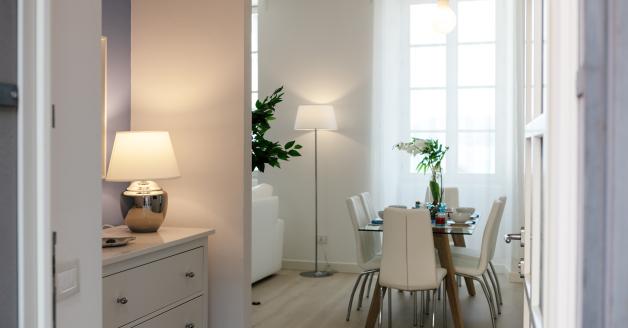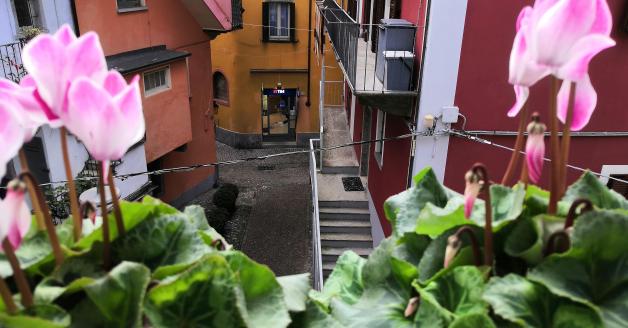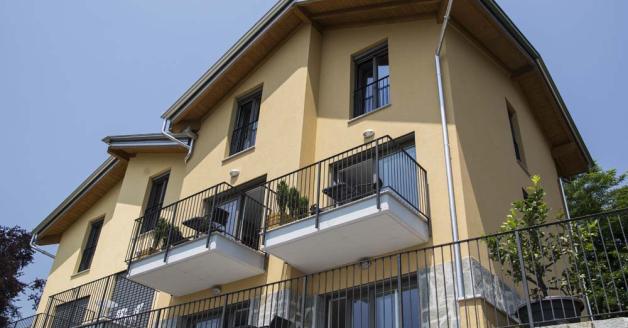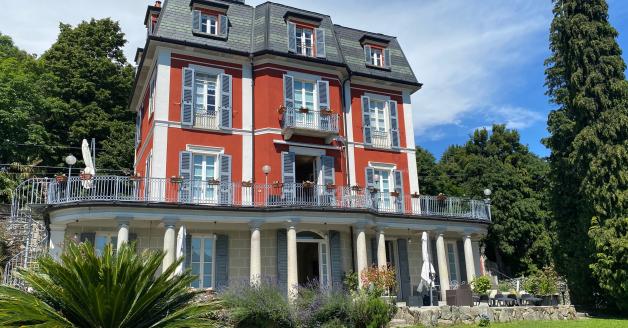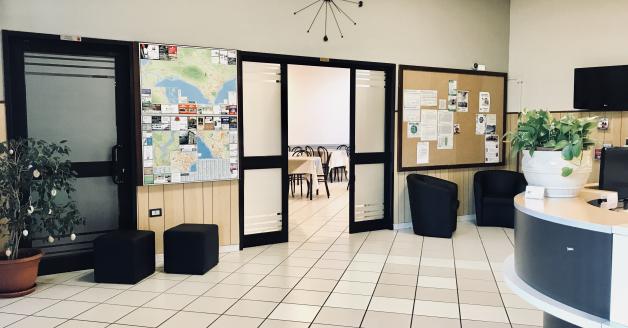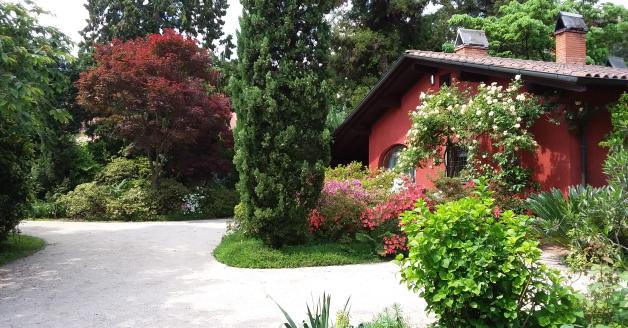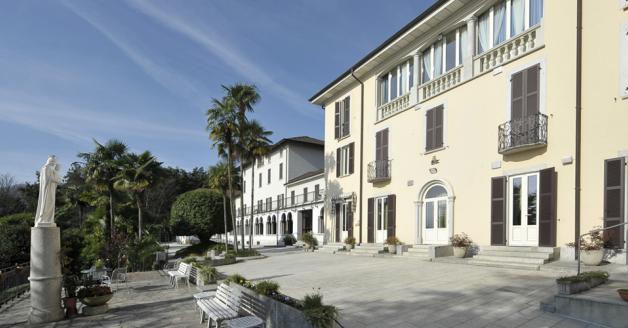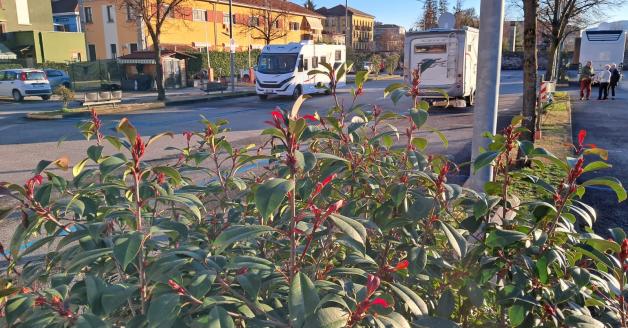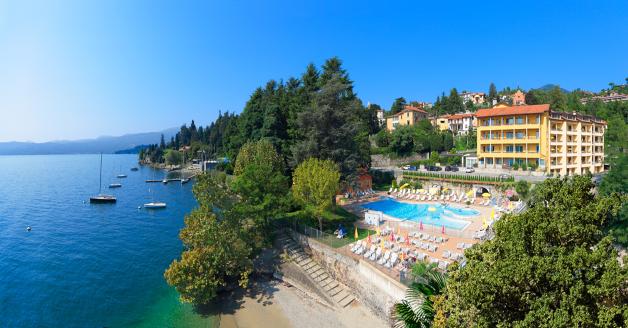Via Giorgio Andreoli - Verbania
If you’d like to discover a more unusual perceptive of Intra’s historic centre, just follow the signs for Santa Marta from piazza di San Vittore or from the eponymous shopping street. In front of the churchyard, the maze of narrow streets opens up onto a backdrop of the Intra district. Behind you stands a small historic gem, beloved by generations of Intra inhabitants.
Constructed at the end of the sixteenth century by the homonymous Confraternity, over the centuries it has seen an increase in popular devotion. After passing through the pronaos, added to the façade in the 17th century, you will see the Church’s single nave made up of four bays covered by barrel vaults. These are adorned with transverse arches and pilasters surmounted by Ionic capitals supporting an entablature whose frieze is decorated with cherubs and swirl motifs in relief on a light blue background.
Walk along the nave to admire the stucco decoration, constructed pre-1617, which embellishes the presbytery vaults and surrounds the lobed panels, painted in the 17th century, depicting scenes from the life of Santa Marta.
By observing the plan of the Church, it can be seen that the presbytery and the hall constitute a single rectangular body constructed as a late 16th-century extension to the pre-existing church.
The presbytery’s rear wall was demolished in the following century to build the semi-polygonal apse which gave the church greater depth.
The bell tower was built before 1659, the period in which the side entrance overlooking Piazzetta Menotti was also opened, characterized by an elegant portal commissioned by the Borromeo family, who inserted a plaque containing the family motto “Humilitas” and the date 1641.
The opening of this façade was created to enable the faithful to directly access the opposite chapel of SS. Pietà that had been renovated and enlarged in the 18th century in an elegant rococo style. The final phase of pictorial decoration, with the addition of paintings on the internal walls, dates back to the 1930s and was the work of Carlo Meloni. Thanks to the local Restauration Committee the church has undergone conservation works and is now open for exhibitions and classical music concerts.

